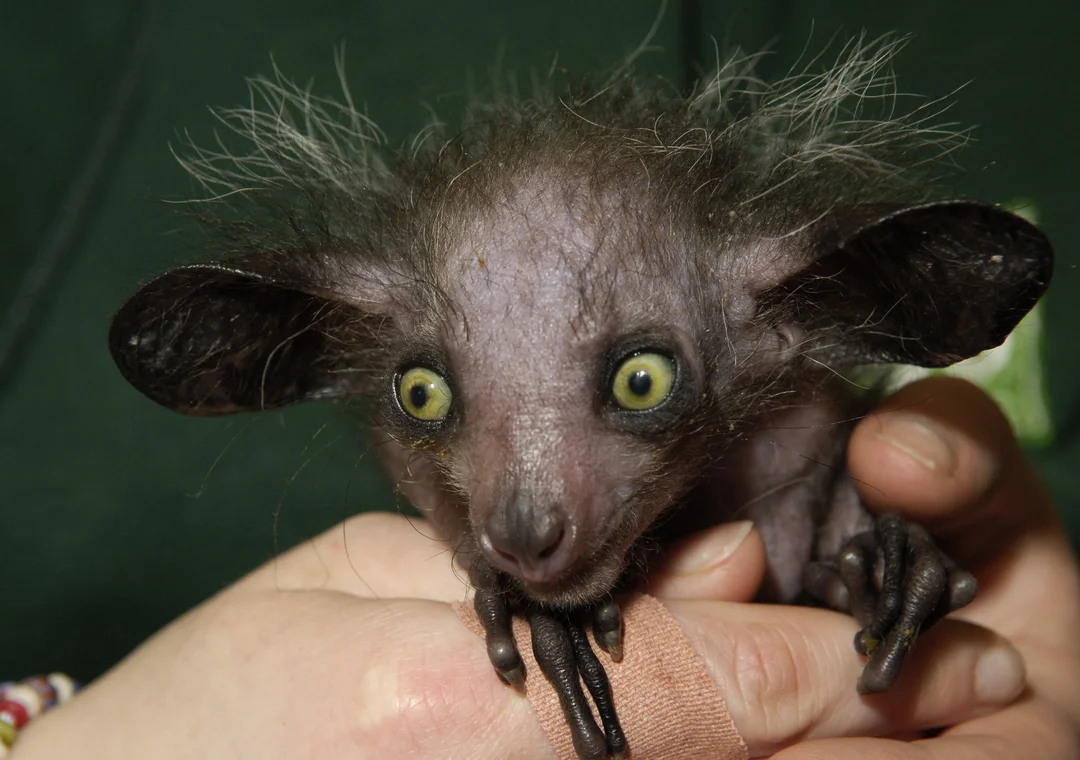
The Impact of Beauty Bias on Wildlife Conservation Efforts
When it comes to wildlife conservation, an unseen yet pervasive force known as "beauty bias" threatens the survival of many species. This bias is not merely a whimsical preference; it has real-world implications for funding and research priorities, ultimately jeopardizing the conservation of less visually appealing species.
A recent study highlighted in Inside Climate News reveals that humans tend to favor their donations toward charismatic species such as elephants and tigers, leaving other organisms—especially those that are not conventionally attractive—to suffer from a lack of attention and funding. Remarkably, this trend also persists in the realm of scientific research, where studies have disproportionately focused on aesthetically pleasing birds.
Birds, which comprise over 11,000 different species, have captivated researchers for generations. However, a new analysis shows that avian studies have favored the flashy and colorful birds—like the peacock or ruby-throated hummingbird—over the drab and less colorful species. According to the study, birds rated in the top 10 percent for aesthetic appeal were researched three times more than those in the bottom 10 percent.
Co-author Annie Lindsay from the Powdermill Nature Reserve emphasizes the dangerous implications of this bias. "If we aren't studying them, we don't really know what their status might be," she explains. This lack of knowledge can lead to a misunderstanding of their ecological roles and conservation needs.
Unfortunately, beauty bias extends beyond avian research; it permeates the broader landscape of wildlife conservation financing. A staggering study indicated that more than 80 percent of conservation funding was allocated to vertebrates, with amphibians and invertebrates receiving insignificant portions. This disparity underscores a crucial question: Are we addressing the conservation needs of genuinely endangered species, or merely those that fit our superficial preferences?
Some innovative initiatives aim to counteract this phenomenon. Groups like the Ugly Animal Preservation Society, founded by comedian Simon Watt, seek to raise awareness of lesser-known species like the blobfish and the proboscis monkey. Additionally, campaigns from organizations like the Oregon Zoo aim to redefine what is deemed "cute" by showcasing traditionally unattractive animals alongside their cuter counterparts.
Despite these efforts, reframing public perception and reallocating funding remains a daunting task. As Alice Hughes from the University of Hong Kong notes, our traditional view of threatened species often overlooks significant portions of unseen biodiversity, making it imperative that we urgently reconsider our conservation strategies.
In the grander scheme of biodiversity preservation, addressing beauty bias is not just a question of aesthetics; it is a necessary step toward ensuring that all species, regardless of their appeal, have an equal chance at survival. As we continue this vital conversation, we invite you to share your thoughts: How can we more effectively support the conservation of all species, regardless of their looks?